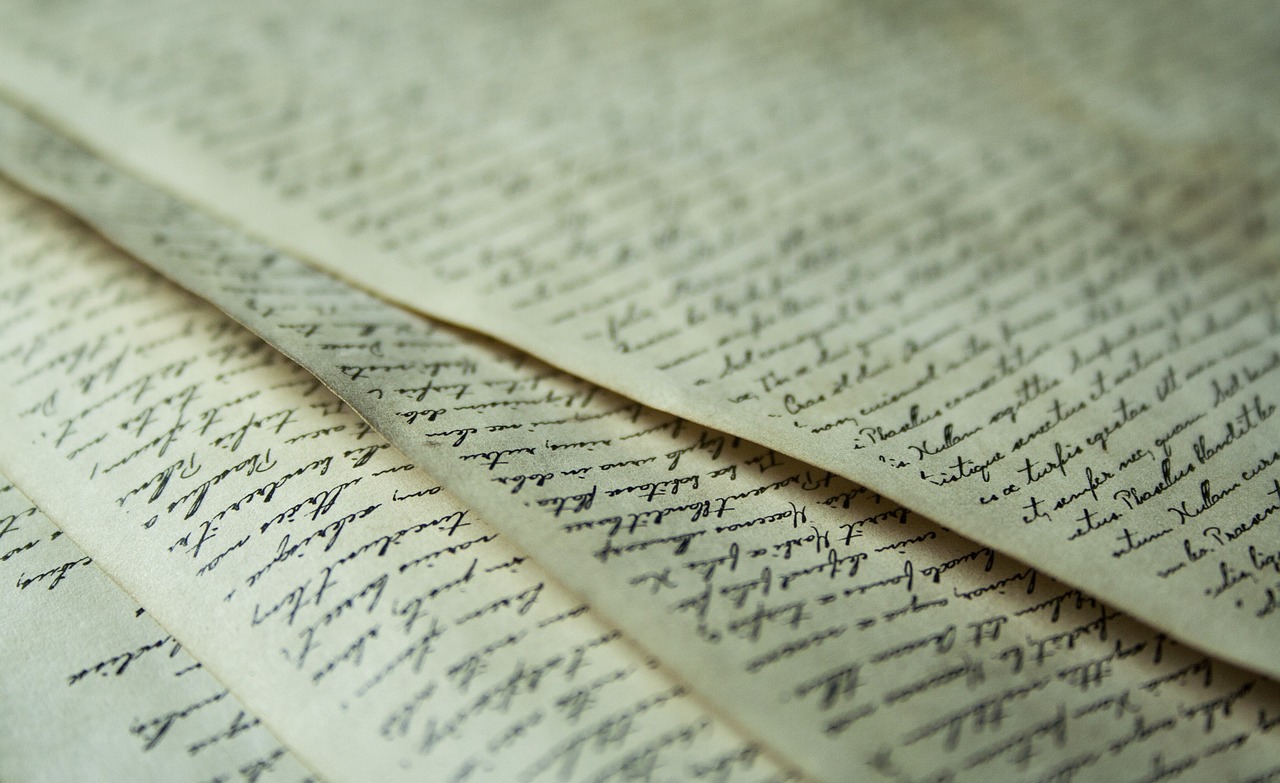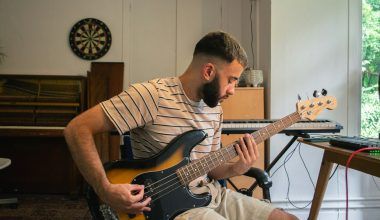Writing a song is an incredible journey of creativity and self-expression. Whether you’re a budding musician or an experienced artist, knowing how to write a song can open up new avenues for your musical career. This blog will guide you through the process of writing a song, from brainstorming ideas to the final polish, ensuring your creation stands out. We’ll also delve into the next steps after writing a song, FAQs, and a glossary to help you with songwriting terminology.
Table of Contents
- Introduction
- Brainstorming Ideas
- Finding Your Song’s Theme
- Crafting Lyrics
- Creating Melodies
- Building Song Structure
- Refining Your Song
- Recording and Production
- Next Steps After Writing a Song
- FAQs
- Glossary
Introduction
Music has a unique ability to touch hearts and souls. Writing a song allows you to convey emotions, tell stories, and connect with listeners on a deep level. In this guide, we will explore the essential steps to writing a song, focusing on techniques that will help you craft memorable melodies and compelling lyrics.
Brainstorming Ideas
The first step in learning how to write a song is brainstorming ideas. This is where your creativity takes flight. Here are some methods to generate song ideas:
1. Journaling
- Write down your thoughts, feelings, and experiences daily.
- Look for recurring themes or emotions.
2. Listening to Music
- Analyze songs you love and note what makes them special.
- Identify elements like lyrics, melodies, and themes that resonate with you.
3. Reading and Observing
- Read books, poems, or articles for inspiration.
- Observe the world around you and take note of interesting situations or conversations.
4. Free Writing
- Spend a few minutes writing without stopping.
- Let your thoughts flow freely and see what ideas emerge.
5. Collaborating with Others
- Discuss ideas with fellow musicians or songwriters.
- Collaboration can spark new and unique ideas.
Finding Your Song’s Theme
Once you have a pool of ideas, it’s time to find your song’s theme. The theme is the central message or emotion of your song. Knowing how to write a song involves understanding your theme deeply.
1. Identify the Core Emotion
- What is the primary feeling you want to convey? (e.g., love, sadness, joy)
- Choose an emotion that you feel deeply about.
2. Develop a Storyline
- Think about the story you want to tell.
- Who are the characters? What is the setting? What is the conflict?
3. Focus on a Single Idea
- Narrow down your ideas to a single, clear theme.
- This will help you maintain coherence throughout your song.
4. Title Your Song
- A strong title can encapsulate your theme and attract listeners.
- Make it memorable and relevant to your song’s message.
Crafting Lyrics
Lyrics are the heart of your song. They convey your message and connect with listeners on an emotional level. Here’s how to write a song lyrics:
1. Start with a Hook
- The hook is the catchiest part of your song.
- It should be simple, memorable, and reflect your song’s theme.
2. Write the Chorus First
- The chorus is the core of your song, repeating several times.
- Make it catchy and concise, summarizing the main idea.
3. Develop the Verses
- Verses tell the story and add depth to your theme.
- They should build up to the chorus, each verse adding new details.
4. Use Vivid Imagery
- Paint pictures with your words to evoke emotions.
- Use metaphors and similes to create vivid imagery.
5. Maintain a Consistent Rhyme Scheme
- A consistent rhyme scheme makes your song pleasing to the ear.
- Common schemes include AABB, ABAB, and ABCB.
6. Edit and Refine
- Don’t be afraid to revise your lyrics multiple times.
- Cut unnecessary words and ensure each line serves a purpose.
Creating Melodies
A great melody can make your song unforgettable. Here’s how to craft a compelling melody:
1. Start with Chords
- Choose a chord progression that fits your song’s mood.
- Common progressions include I-IV-V, ii-V-I, and I-vi-IV-V.
2. Hum or Sing Over the Chords
- Experiment with different melodies over your chosen chords.
- Record yourself and listen back to identify the best parts.
3. Focus on the Hook
- Ensure your melody has a strong, catchy hook.
- The hook should be the most memorable part of your melody.
4. Use Repetition
- Repetition helps listeners remember your melody.
- Repeat phrases, but vary them slightly to maintain interest.
5. Play with Rhythm and Dynamics
- Vary the rhythm to add interest to your melody.
- Use dynamics (loudness and softness) to convey emotion.
Building Song Structure
A well-structured song keeps listeners engaged. Here’s a typical song structure to follow:
1. Introduction
- Sets the tone and grabs attention.
- Keep it short and intriguing.
2. Verse
- Introduces the story or theme.
- Leads into the pre-chorus or chorus.
3. Pre-Chorus (Optional)
- Builds anticipation for the chorus.
- Adds variety to your song’s structure.
4. Chorus
- The main message and the catchiest part.
- Repeats several times throughout the song.
5. Bridge
- Provides contrast and a break from repetition.
- Often appears once in the song, leading back into the chorus.
6. Outro
- Wraps up the song.
- Can be a repeat of the chorus or a new section.
Refining Your Song
After writing your song, it’s time to refine and polish it:
1. Review Lyrics and Melody
- Ensure they work well together.
- Make sure the melody complements the lyrics’ mood.
2. Check for Consistency
- Ensure your theme and message are clear throughout the song.
- Make sure there are no conflicting ideas or emotions.
3. Get Feedback
- Share your song with friends, family, or fellow musicians.
- Take constructive criticism to improve your song.
4. Make Necessary Adjustments
- Revise any weak parts.
- Focus on enhancing the strong elements of your song.
Recording and Production
Once your song is polished, it’s time to record and produce it. Here’s a basic guide to recording your song:
1. Set Up Your Recording Space
- Choose a quiet, acoustically treated space.
- Ensure your equipment is set up correctly.
2. Record Your Song
- Start with a guide track (e.g., a simple guitar or piano track).
- Record each part separately (vocals, instruments).
3. Edit and Mix
- Edit out mistakes and ensure all parts fit together well.
- Mix your song, balancing levels and adding effects.
4. Master Your Track
- Mastering ensures your song sounds great on all devices.
- Consider using professional mastering services for the best results.
Next Steps After Writing a Song
After writing and recording your song, you may wonder what to do next. Here are the steps to take:
1. Copyright Your Song
- Protect your intellectual property by copyrighting your song.
- This ensures you have legal rights to your creation.
2. Distribute Your Music
- Get your song on major streaming platforms (Spotify, Apple Music, etc.).
- Use a music distribution service to reach a global audience.
3. Promote Your Song
- Use social media to promote your song.
- Consider creating a music video or lyric video to engage listeners.
4. Perform Live
- Perform your song at local venues or virtual concerts.
- Live performances can help you connect with your audience.
5. Connect with Industry Professionals
- Network with other musicians, producers, and industry professionals.
- Attend music conferences and workshops to learn and grow.
6. Keep Writing
- Continue writing and improving your songwriting skills.
- Each new song is an opportunity to express yourself and connect with listeners.
FAQs
1. How long does it take to write a song?
- It varies from person to person. Some songs can be written in a few hours, while others may take days or weeks.
2. Do I need to know music theory to write a song?
- While knowledge of music theory can be helpful, it is not necessary. Many great songs have been written by ear.
3. Can I write a song if I can’t play an instrument?
- Yes, you can. You can collaborate with musicians or use digital tools to create music.
4. What if I get writer’s block?
- Take a break, try free writing, or listen to music for inspiration. Collaborating with others can also help overcome writer’s block.
5. How can I improve my songwriting skills?
- Practice regularly, study songs you love, take songwriting classes, and seek feedback from others.
Glossary
Verse:
- The section of a song that tells the story or develops the theme. It often changes each time it appears.
Chorus:
- The repeated section of a song that contains the main message and is usually the catchiest part.
Bridge:
- A section that provides contrast to the rest of the song, often leading into the final chorus.
Hook:
- A catchy musical phrase or lyric that stands out and is easily remembered.
Melody:
- A sequence of notes that are musically satisfying and form the main part of a song.
Rhyme Scheme:
- The pattern of rhymes at the end of each line of a song or poem.
Chord Progression:
- A series of chords played in a sequence that underlies the melody.
Pre-Chorus:
- An optional section that builds up to the chorus, adding anticipation.
Outro:
- The concluding section of a song, which can be a repeat of the chorus or a unique ending.
Mastering:
- The final step in music production that ensures the track sounds polished and professional across all playback devices.
ISRC:
- International Standard Recording Code, a unique identifier for each track that helps in tracking sales and streams.
Sync Royalty:
- Payment received when your music is used in synchronization with visual media, like movies or commercials.
Publishing Royalty:
- Earnings from the use of your composition, such as performances, sales, or licensing.
Conclusion
Writing a song is a rewarding and fulfilling process that allows you to share your voice with the world. By following the steps outlined in this guide, you can develop your songwriting skills and create music that resonates with listeners. Remember, the journey of songwriting is unique for everyone, so embrace your creativity and enjoy the process.
For further reading, explore these related articles:
- Deliver My Tune’s Exciting New Services!
- Ways to Beat Writer’s Block
- Know the Ways to Get the Music Sync Licensing
For more tips and guidance on songwriting and music distribution, visit our Artist Guide or explore our Services & Pricing to see how we can help you take your music to the next level.
Happy songwriting!






